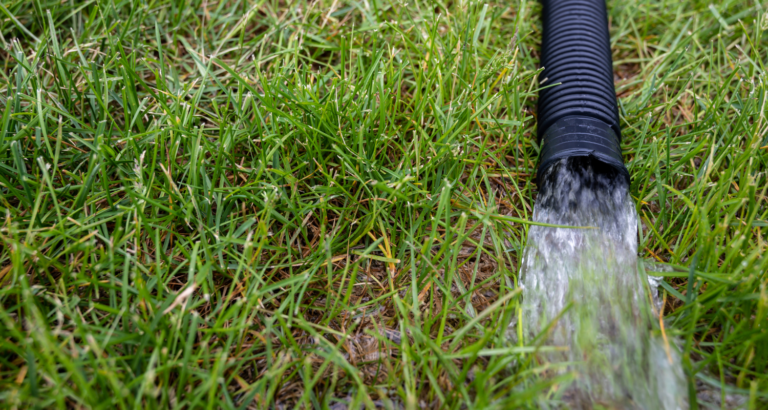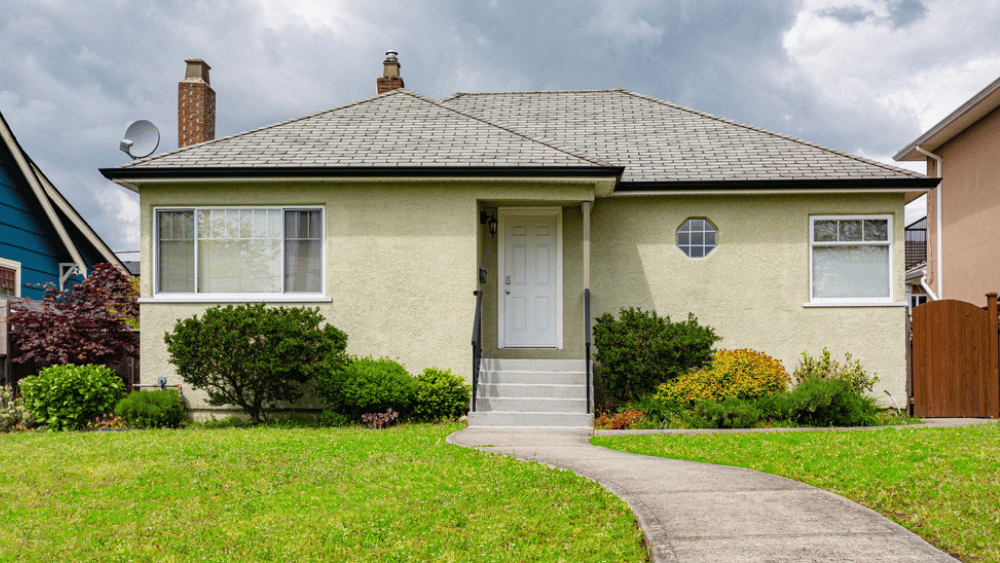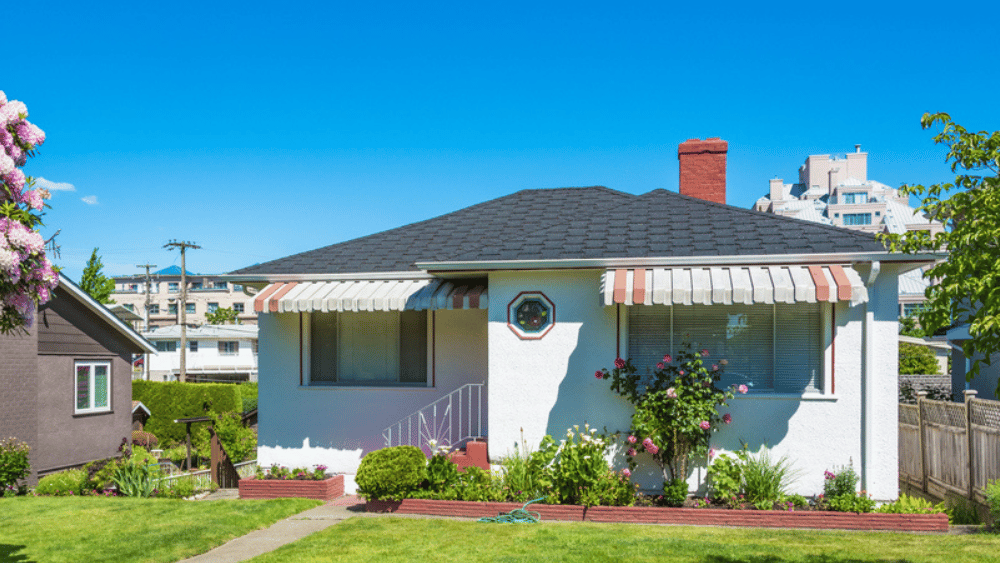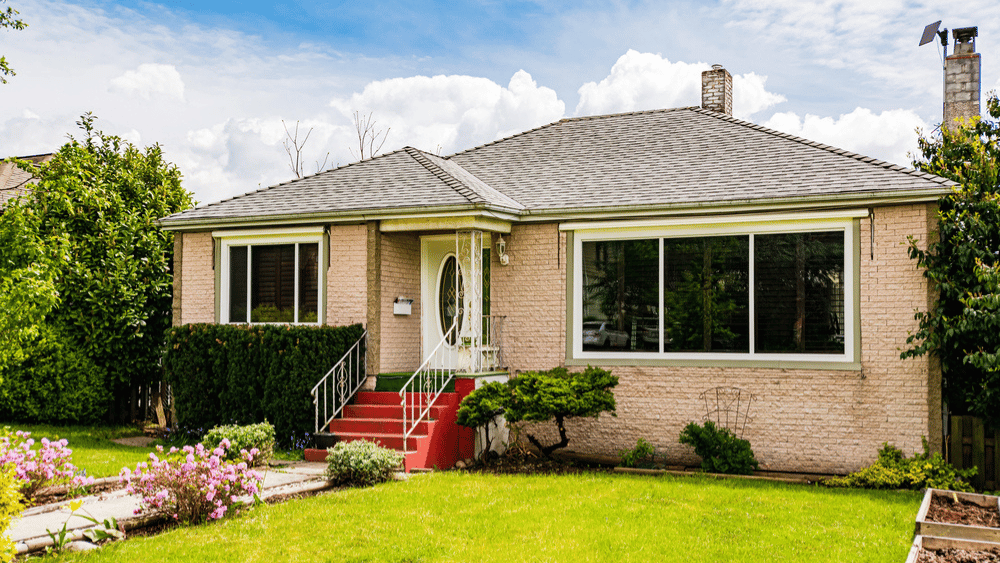
Water damage is a major issue for homeowners that can severely affect the value of their property. 60% of homes in the U.S. experience either flooding or excessive moisture in the basement. If you’ve got pooling water under your house or live in an area that experiences floods, you most likely need a sump pump — a motor that transfers water away from your home and protects below-grade spaces from water damage. If this is a new concept for you, you’ve come to the right place. We consulted an expert plumber to create this sump pump primer, covering purpose, installation, price, maintenance, and necessity. To help you out, HomeLight consulted with an expert plumber and crafted this helpful article that answers the most important sump pump questions you might have. Steve Stalcup, a plumber and licensed contractor from Vacaville, CA, who has more than 40 years of experience handling residential and commercial plumbing projects, defines a sump pump as “a mechanical device operated on electricity and placed where water collects that evacuates the water from your property.” Because water flows downhill, it tends to collect at the lowest point of your home. To install a sump pump, you first dig a basin at this point (called a sump) and then place the pump inside of it. Once installed, the sump pump will collect water and transfer it to storm drainage or an area away from the property. An unmistakable sign that you need a sump pump is if water is visibly pooling at a low point in your home. If your home doesn’t have a concrete basement, you might notice that your crawl space is muddy with standing water collecting in various places. While you might not immediately feel concerned about a small puddle in your basement, it’s an issue that you should take care of right away. Stalcup shares that “standing water can cause deterioration of your foundation, damage personal property, encourage mold, and rot any wood that it touches.” There are several types of sump pumps. For instance, some sump pumps run continuously, while others are specially designed to handle sewage or pond water. For residential uses, there are two main types of sump pumps to choose from: In addition to the type of pump, you can choose between a few different activation switches. These switches monitor the water level in your sump basin and activate the pump when the water reaches a certain height. Options include: The average cost of a sump pump capable of removing 1,800 to 2,200 gallons per hour is around $250, but if you live in an area that sees extreme flooding, costs can reach as high as $400 for heavy-duty pumps. After you’ve bought the pump, you’ll need to install it. Average installation costs range from $639 to $1,938. Stalcup tells us that costs vary widely depending on the situation: “If it’s a difficult installation — if you need to dig the hole, pour concrete, or level your floors. It’s going to cost you more than it would to simply hook up a pump and get it running.” Because installation prices are so variable, the best way to gauge costs for your home is to get an estimate from a local plumber. Remember to tell them what kind of flooring you have, what type of pump you want, where you want the pump installed, and any other information that could affect the difficulty of your installation. Once you’ve got your sump pump installed, you still need to perform regular maintenance to ensure that it’s working correctly. Stalcup advises performing routine maintenance on your sump pump at least once a year. To do so, follow these steps: So, what happens when the flooding that your sump pump is meant to combat causes the power to go out? In these situations, your home is likely to suffer water damage without a backup plan. Prepare for the worst with one of these sump pump backups: When all is said and done, whether or not you buy and install a sump pump is up to you. However, water damage is a serious issue, and the typical basement flood costs anywhere from $3,000 to $10,000 to repair, well over the average price of installing a sump pump. Furthermore, adding one only increases the value of your home. So, if you think there’s a chance of flooding or water accumulation in your house, it’s probably a good idea.What is a sump pump?
How can I tell if I need a sump pump?
What kind of sump pump should I buy?
Does switch type matter?
How much does it cost to purchase and install a sump pump?
How do I keep my sump pump running smoothly?
Do I need a backup sump pump?
Is a sump pump really necessary?



